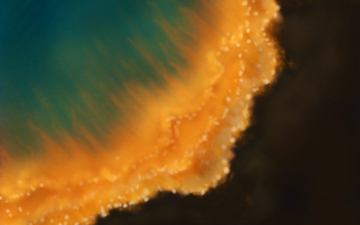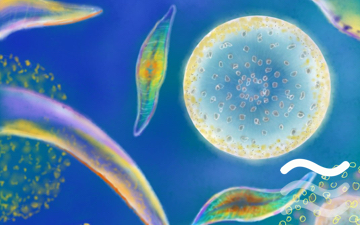Ocean Wise West Coast Marine Life Deck
2019 – (See Cards | Host Info | Download game | Purchase)…
This deck, hosted by Ocean Wise and the Vancouver Aquarium, and created by students from Sentinel High School, is a STARTER deck that also includes a new mechanic regarding water depth. It includes a variety of organisms that are locally relevant to marine habitats in British Columbia, as well as species found in the Vancouver Aquarium space.

Humpback Whale
Megaptera Novaeangliae


5 POINTS
PLAY: The Acorn Barnacle is a suspension feeder, extracting food from the water.
FACT: Acorn Barnacle produce a brown glue that fastens it to a hard surface.

Red Tide
Event Card
PLAY: Place this card on any SPECIES that consume shellfish.
EFFECT: The SPECIES card and EVENT card are immediately discarded.

Disease Outbreak
Event Card
PLAY: Place this card on multiple cards of the same SPECIES.
EFFECT: The SPECIES card(s) and EVENT card are immediately discarded.

Oil Spill
Event card
PLAY: Place this card on any SPECIES card.
EFFECT: The SPECIES card and EVENT card are immediately discarded.

Phytoplankton
Multiple Orders


2 POINTS
PLAY: Phytoplankton has a MOVE of 1
FACT: Phytoplankton are the main source of food for almost all fish.

Dark Sea Lettuce
Ulvaria Obscura


1 POINTS
FACT: As a type of algae, this Dark Sea Lettuce is often found on beaches along the West Coast.